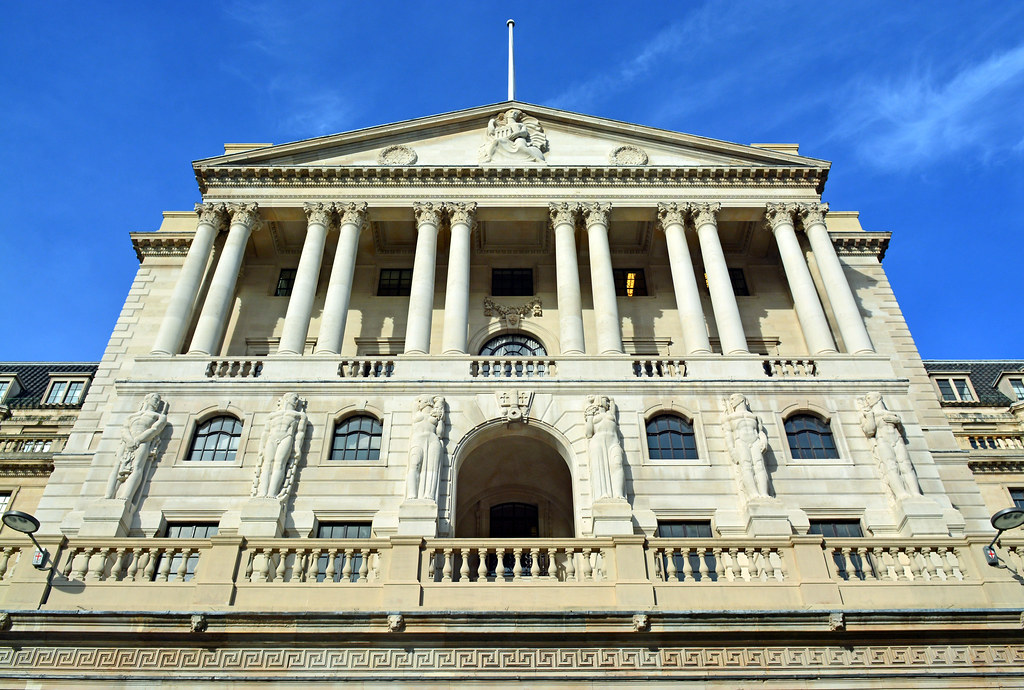A total £72.2bn was paid into 12.5 million adult ISAs in the 2022/23 financial year, new figures published by HMRC have revealed.
This amount was an increase of £5.2bn compared to 2021/22, while the number of people subscribed to an account was up from 11.8 million.
HMRC’s latest annual savings statistics revealed that for cash ISAs, the most popular type of ISA, the amount paid into accounts rose by 34.7% to £10.7bn, while the number of cash ISAs subscribed to saw an increase of 722,000. As a result, the share of accounts subscribed to in cash has risen to 63.1%, a 2.4% growth from 2021/22.
The amount paid into Lifetime ISAs (LISAs) also saw a significant rise with £700m more paid in than the previous year, equating to a jump of 43.1%.
Senior personal finance analyst at interactive investor, Myron Jobson, said: “The latest data lays bare the seismic shift in savings and investment habits during a period of significant economic upheaval at the height of the unprecedented cost of living crisis. The reprieve in savings rates, following a run of consecutive interest rates hikes, is a key contributing factor to renewed interest in cash ISAs.
“As inflation soared and household budgets tightened, the need to maintain short-term financial resilience also took precedence for many households. This shift is marked by a decrease in subscriptions and amounts paid into stocks and shares ISAs and a corresponding increase in cash ISAs.”
Despite the rising figures across the cash ISA and LISA landscape, the amount paid into stocks and shares ISAs fell £6.2bn in a year to £28bn.
The number of stocks and shares ISA accounts paid into also fell 126,000 to 3.81 million, down by 3% on the previous year.
However, head of personal finance at Hargreaves Lansdown, Sarah Coles, said that stocks and shares ISAs had lost out slightly to cash ISAs, but “not dramatically so”.
“The amount paid into these ISAs was down just 3% and was still up by around a third from five years earlier,” Coles highlighted.
“The enthusiasm for investing that was engendered during the pandemic was still making a difference to the figures. As interest rates look set to fall, we can expect stocks and shares ISAs to make another comeback. At a time when cash ISA rates are dropping below 5%, the superior growth potential of stocks and shares ISAs will come into their own.”
Latest News
-
Perspective Financial Group and DJH launch wealth management offering
-
Advisers expect investment markets to be ‘more volatile’ in 2026
-
Net mortgage approvals dip in November – BoE
-
6.5 million zero interest current accounts miss out on billions in 2025
-
SmartSearch completes Credas acquisition
-
Hesitancy around investments remains consistent in last decade
Perenna and the long-term fixed mortgage market

Content editor, Dan McGrath, spoke to head of product, proposition and distribution at Perenna, John Davison, to explore the long-term fixed mortgage market, the role that Perenna plays in this sector and the impact of the recent Autumn Budget
The role of the bridging market and technology usage in the industry
Content editor, Dan McGrath, sat down with chief operating officer at Black & White Bridging, Damien Druce, and head of development finance at Empire Global Finance, Pete Williams, to explore the role of the bridging sector, the role of AI across the industry and how the property market has fared in the Labour Government’s first year in office.
NEW BUILD IN FOCUS - NEW EPISODE OF THE MORTGAGE INSIDER PODCAST, OUT NOW

Figures from the National House-Building Council saw Q1 2025 register a 36% increase in new homes built across the UK compared with the same period last year, representing a striking development for the first-time buyer market. But with the higher cost of building, ongoing planning challenges and new and changing regulations, how sustainable is this growth? And what does it mean for brokers?
Does the North-South divide still exist in the UK housing market?

What do the most expensive parts of the country reveal about shifting demand? And why is the Manchester housing market now outperforming many southern counterparts?
In this episode of the Barclays Mortgage Insider Podcast, host Phil Spencer is joined by Lucian Cook, Head of Research at Savills, and Ross Jones, founder of Home Financial and Evolve Commercial Finance, to explore how regional trends are redefining the UK housing, mortgage and buy-to-let markets.
In this episode of the Barclays Mortgage Insider Podcast, host Phil Spencer is joined by Lucian Cook, Head of Research at Savills, and Ross Jones, founder of Home Financial and Evolve Commercial Finance, to explore how regional trends are redefining the UK housing, mortgage and buy-to-let markets.
© 2019 Perspective Publishing Privacy & Cookies










Recent Stories